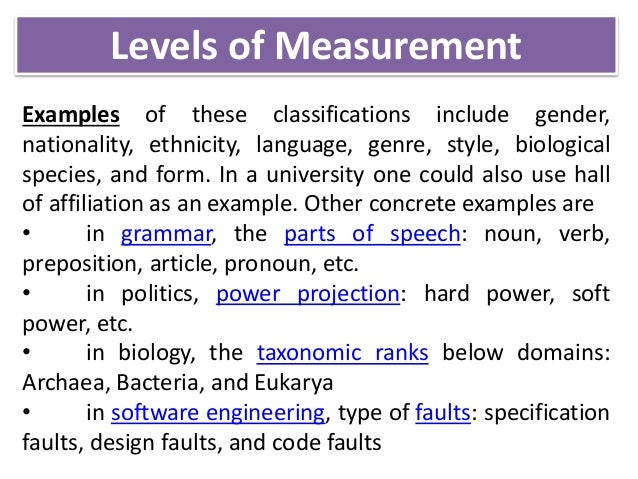

The following examples illustrate the calculation of mean, median, and mode.ġ. Theoretically, the three measures of central tendency will be equal when the distribution is normal (Lane, 2011). The mode is found by counting the number of times a given value appears in a distribution (Berenson et al., 2012). The median is determined by ordering the values, then taking the middle value.

It is used with nominal variables, in which there is no meaningful number or order of values, only names of values (Lane, 2011). The mode is the value of the variable that occurs most frequently in the distribution. An example of an ordinal variable is the score on a survey with answers from “strongly agree” to “strongly disagree.” The scores for a group of people can be ordered, so that one score is higher than another, but it is impossible to know the “sizes” of the intervals from one score to the next. The median is the middle value of a distribution, and it is particularly useful when describing ordinal variables (Berenson et al., 2012). Therefore, two other measures of central tendency can be used. The mean is not meaningful when it is computed for an ordinal or a nominal variable (Lane, 2011). Both Celsius and Kelvin scales have a true zero at which there is no heat. However, there is no true zero, because there is no point at which there is “zero time.” An example of a ratio variable is temperature measured using the Celsius or Kelvin scale (the Fahrenheit scale does not give a ratio variable because there is still heat or “temperature” even at 0° Fahrenheit). The quantity of time passed in one minute is the same whether it is between 12:01 and 12:02 or between 6:45 and 6:46. An example of an interval variable is the time of day on a twelve hour clock. Also, ratio variables must have a true zero (Lane, 2011). Both interval and ratio variables must have equal amounts between one number and the next. This is the most accurate measure of central tendency, but only if it is computed for interval or ratio variables (Berenson et al., 2012). The mean, sometimes known as the average, is obtained by adding up all the values of the variable, then dividing by the number of values. The “center” can be determined in several different ways the most common are the mean, median, and mode (Berenson et al., 2012). The “center” of a list of values gives the researcher an anchor around which, theoretically, the other members of the list occur. One of the most useful quantities in descriptive statistics is a measure of central tendency. In order to do this, it is necessary to describe the group of values first. The total number of SRSs, the number that “hit” (i.e., the confidence interval contained µ), and the percent hit are tallied for you.Statistics are often employed to compare one value to a group of values. The lines on each side of the dot span the confidence interval. The dot marks the sample mean, which is the center of the interval. Each interval is based on a SRS of size n. In this applet we construct confidence intervals for the mean (µ) of a Normal population distribution. Click on any confidence interval to show the sample data that the interval is based on.Ĭlick the "Quiz Me" button to complete the activity.Ī level C confidence interval for a parameter is an interval computed from sample data by a method that has probability C of producing an interval containing the true value of the parameter. Intervals that contain the population mean µ ("hits") will be colored gray "misses" will be colored red. Click SAMPLE 25 take 25 samples all at once. On the right you'll see the sampled values as small yellow dots the large dot will show the sample mean, and the lines on each side of this dot span the confidence interval. Set the desired confidence level and sample size with the sliders, then click SAMPLE to take a sample.


 0 kommentar(er)
0 kommentar(er)
